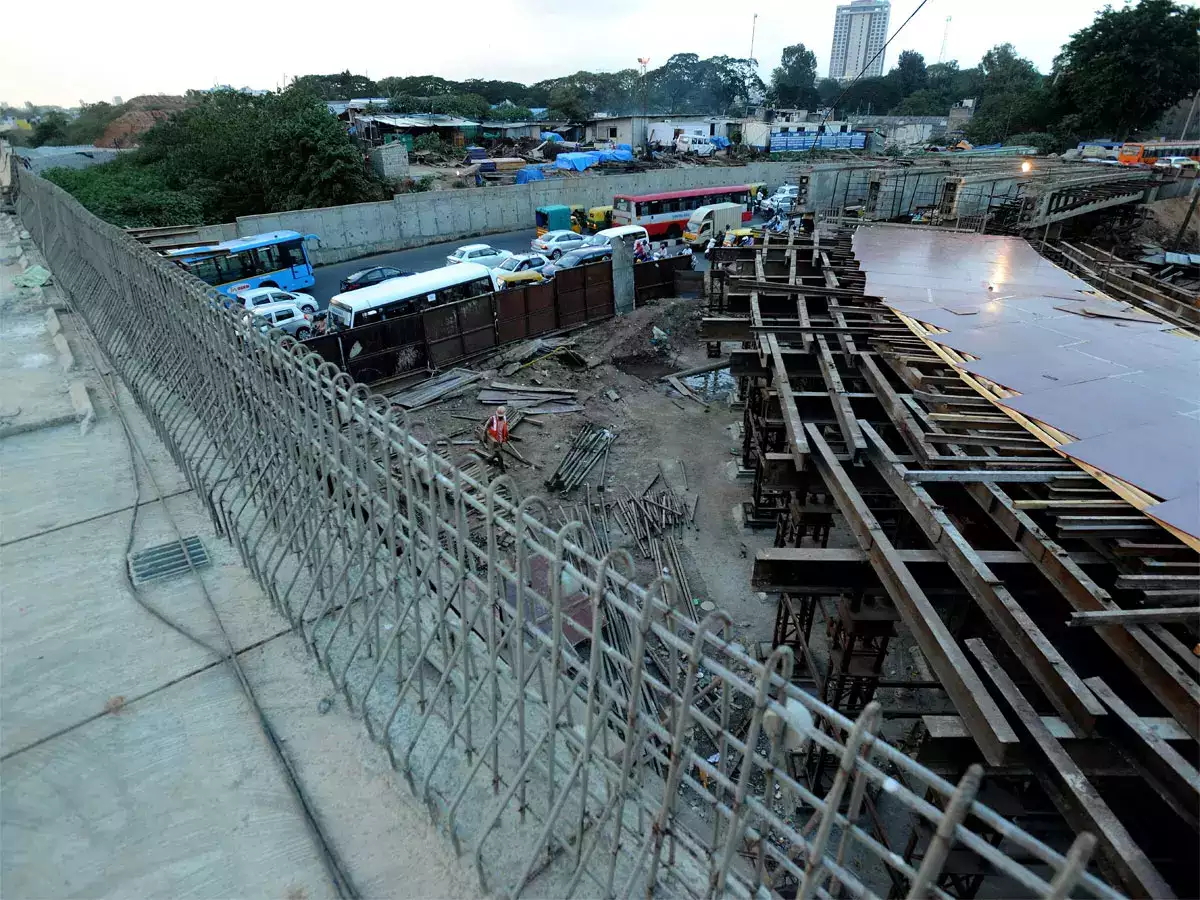India is set to allocate a significant amount of funds for infrastructure development between fiscal years 2024 and 2030, surpassing previous expenditures. According to ratings agency Crisil, approximately Rs 143 lakh crore will be invested in infrastructure during this period, more than twice the Rs 67 lakh crore spent from 2017 to 2023. Notably, Rs 36.6 lakh crore will be directed towards green investments, representing a five-fold increase compared to the preceding fiscal years.
Crisil’s Infrastructure Yearbook 2023 revealed the projection of India’s infrastructure spending doubling in the coming years. Amish Mehta, the Managing Director and CEO of Crisil, anticipates a 6.7% average GDP growth through fiscal 2031, positioning India as the fastest-growing major economy globally. Furthermore, Mehta expects per capita income to rise from USD 2,500 to USD 4,500 fiscal 2031, indicating a transformation into a middle-income country. He stresses that this growth will be supported comprehensive infrastructure development and a strong emphasis on sustainability.
Crisil also announced the launch of its Infrastructure Yearbook 2023, which includes the unique national index CRISIL InfraInvex. Mehta highlighted the upward trend in CRISIL InfraInvex scores across sectors, attributing it to policy interventions and a favorable investment climate. Notably, four sectors – roads and highways, power transmission, renewable energy, and ports – received an overall score of 7 or above, demonstrating the success of recent reforms and developments.
Looking ahead, Crisil predicts that the next phase of infrastructure development will witness an increase in the average project size and a substantial number of mega-scale projects. Consistent policy interventions, regulatory measures, and a focus on timely execution create an appealing environment for stakeholders to accelerate investments across various infrastructure sectors.
Within the realm of infrastructure, Crisil highlights the anticipated growth in sectors such as roads and power, which will continue to be major contributors. Additionally, sectors like EVs, solar energy, wind energy, and hydrogen are expected to gain momentum. Crisil suggests that the share of electric vehicles in India’s automobile sales will likely reach 30% 2030, with two-wheeler EV sales surpassing other segments until 2028. Meanwhile, state transport undertakings will drive the demand for EV buses. Factors such as favorable cost of ownership, cost of acquisition, and increased availability of models will support the uptake of EVs in the coming years.
In terms of renewable energy, Crisil forecasts a four-fold increase in the share of renewable energy in total capacity between fiscal years 2023 and 2030. Solar power is expected to account for half of the incremental non-fossil fuel generation. Crisil also highlights emerging technologies such as floatovoltaics (floating solar), offshore wind technology, and green hydrogen as crucial for further advancement in the renewable energy sector. Notably, substantial investments, estimated at Rs 1.5 lakh crore, are projected for the hydrogen sector between fiscal years 2024 and 2030. Crisil emphasizes the importance of mandates for green hydrogen use and incentive schemes, considering that the production cost of green hydrogen is twice that of fossil-based hydrogen.
Furthermore, Crisil predicts that India’s inaugural sovereign green bond issuance will pave the way for the development of the domestic bond market for green projects. The increasing global appetite for green assets among investors has led Indian companies to seek funds in global markets. Crisil views this as a positive trend and anticipates continued growth in this area.
India’s ambitious infrastructure spending plans and commitment to sustainability underscore its determination to propel economic growth and create a robust infrastructure network. With a focus on renewable energy and emerging technologies, India aims to position itself as a leader in infrastructure development and a driver of sustainable growth.

